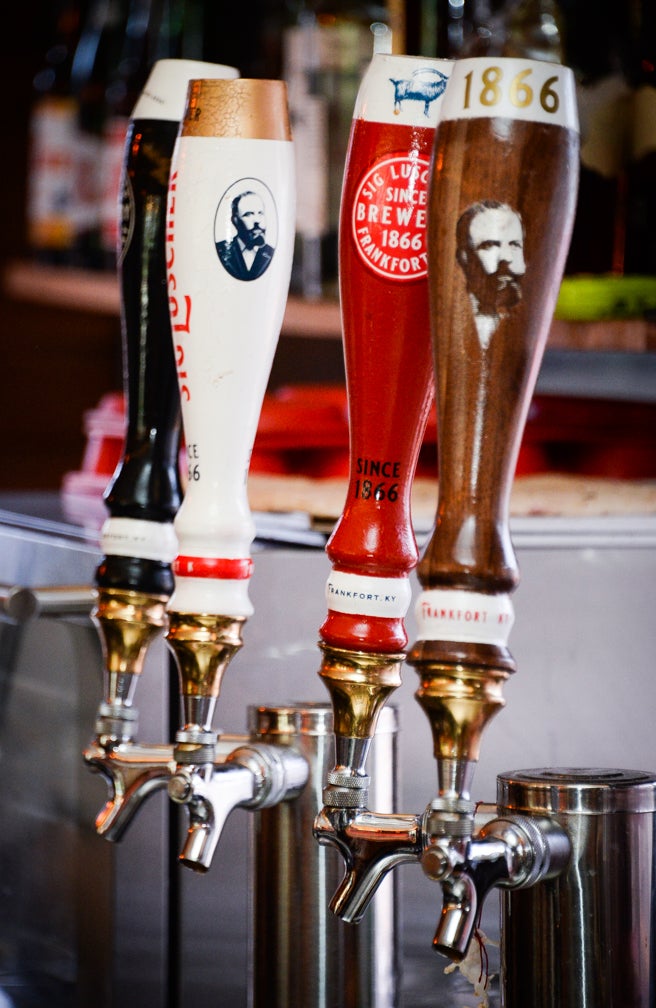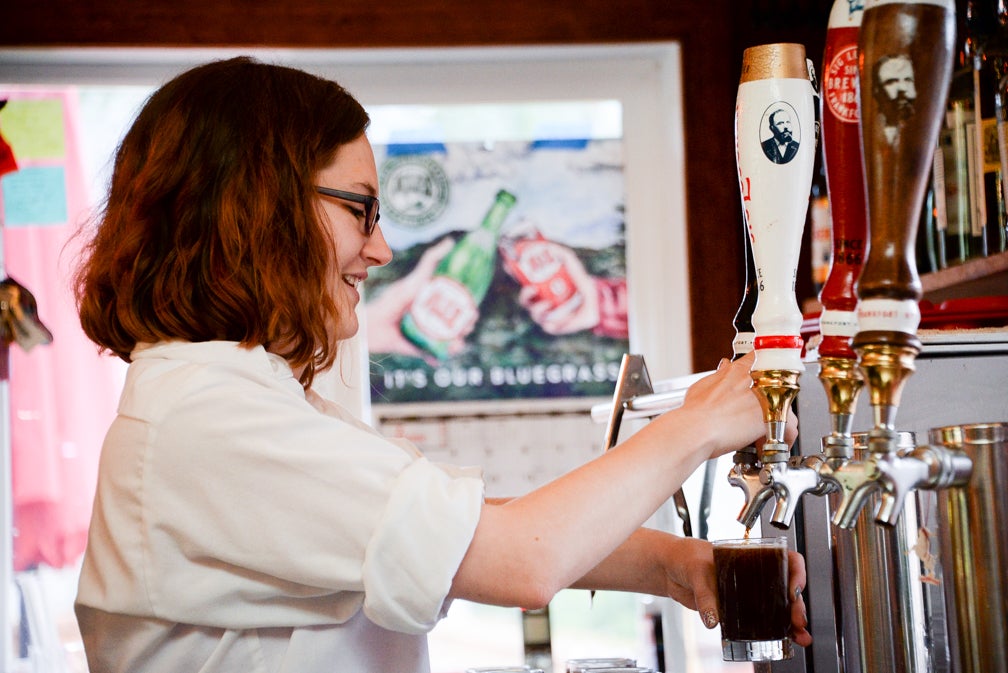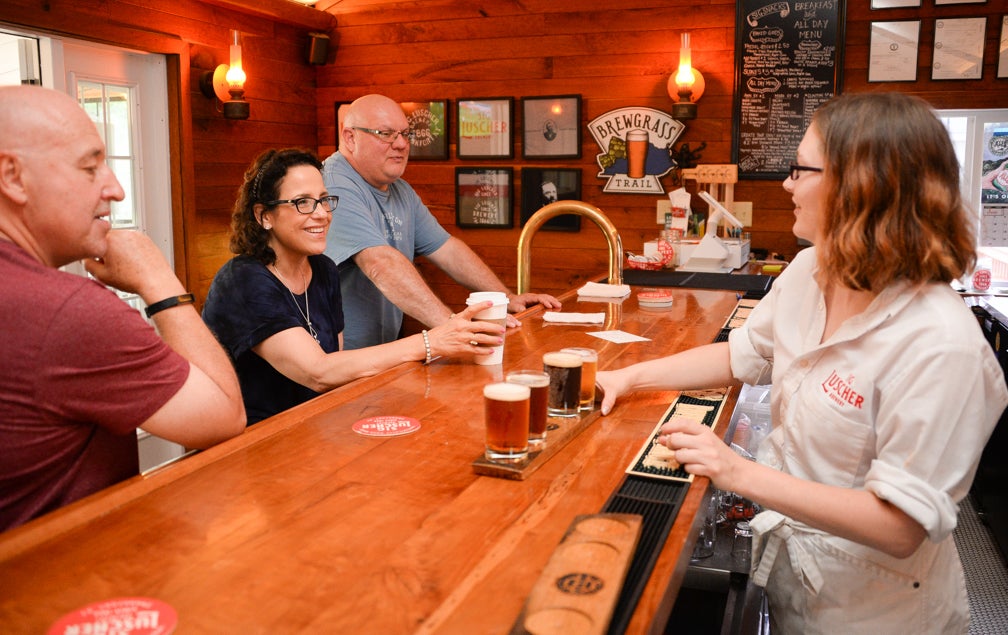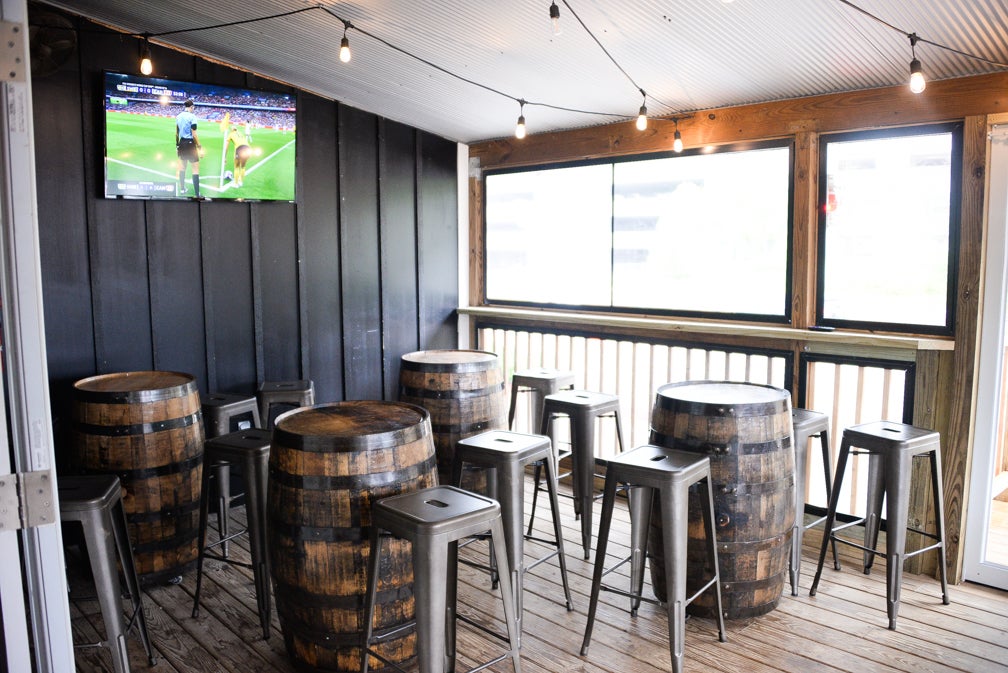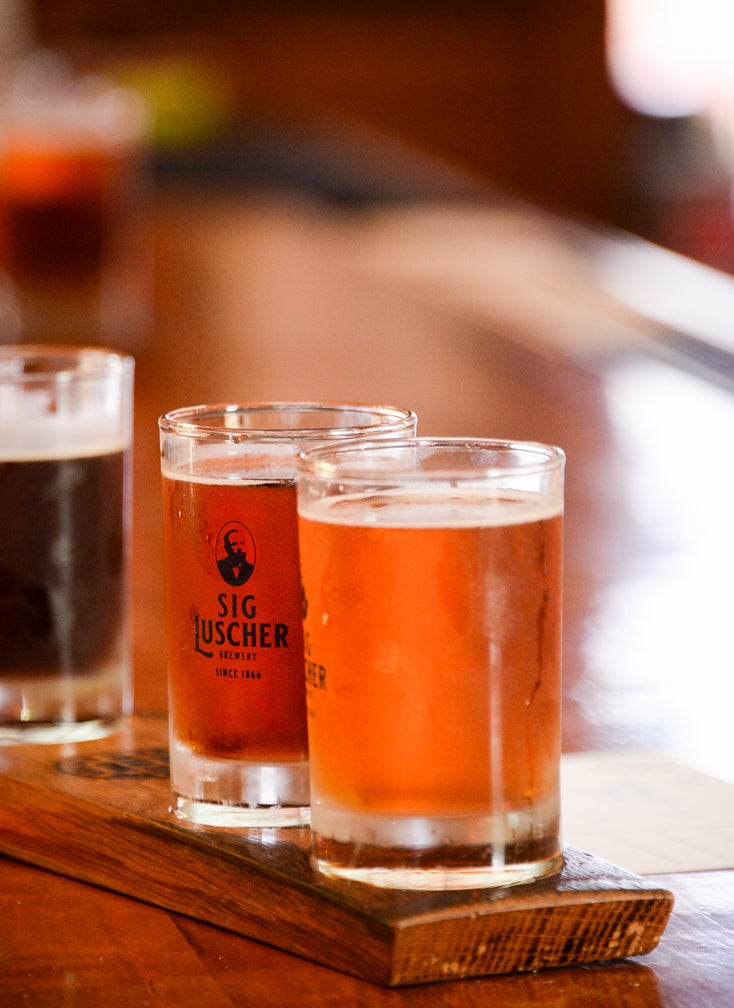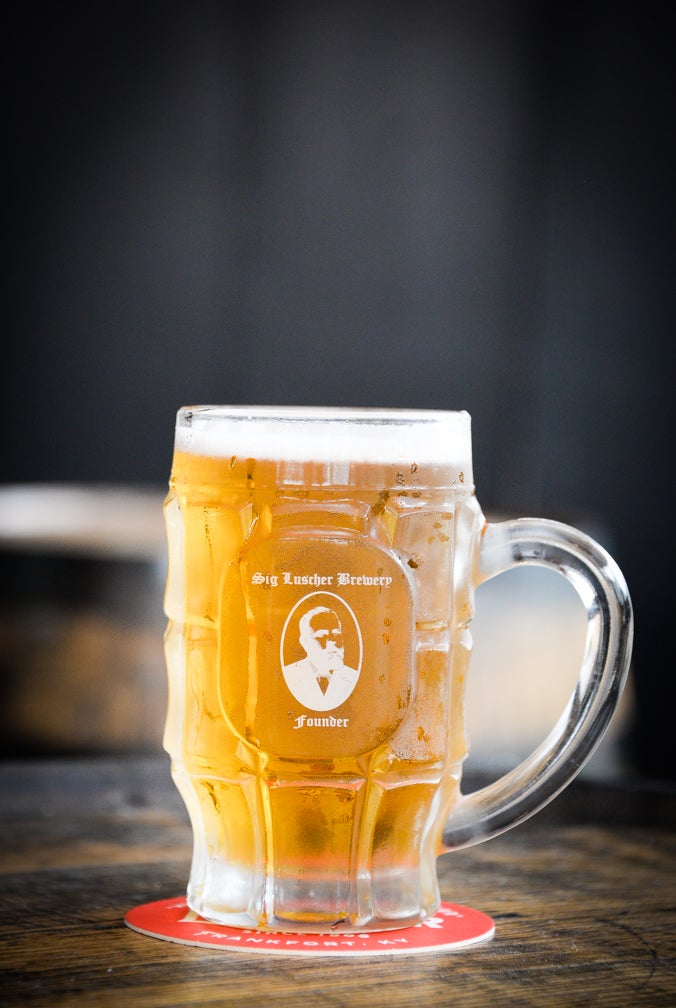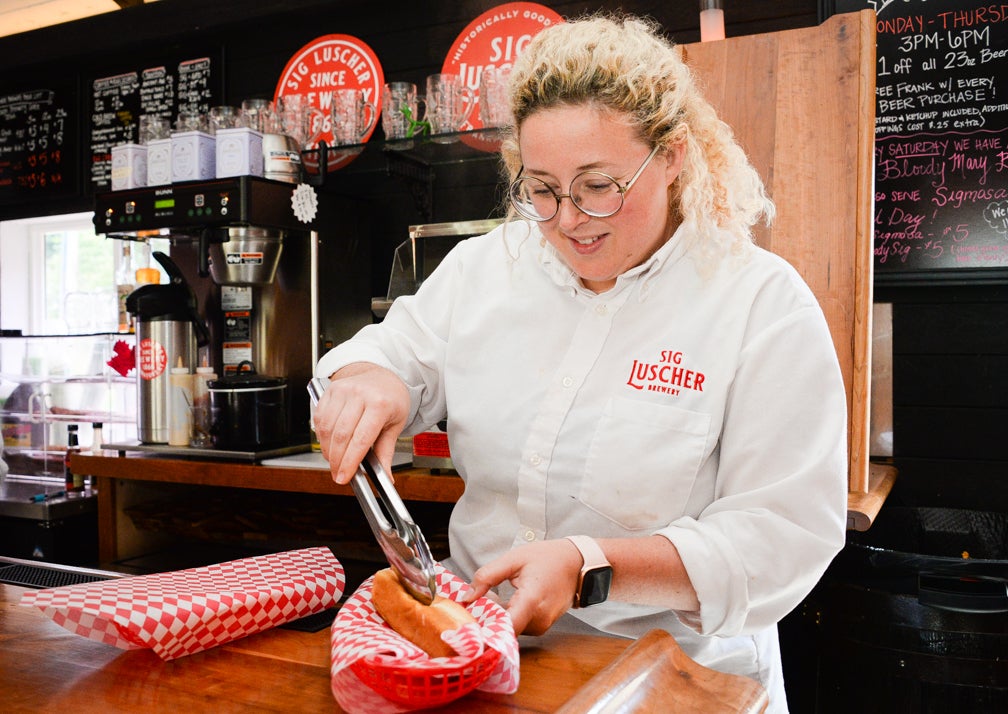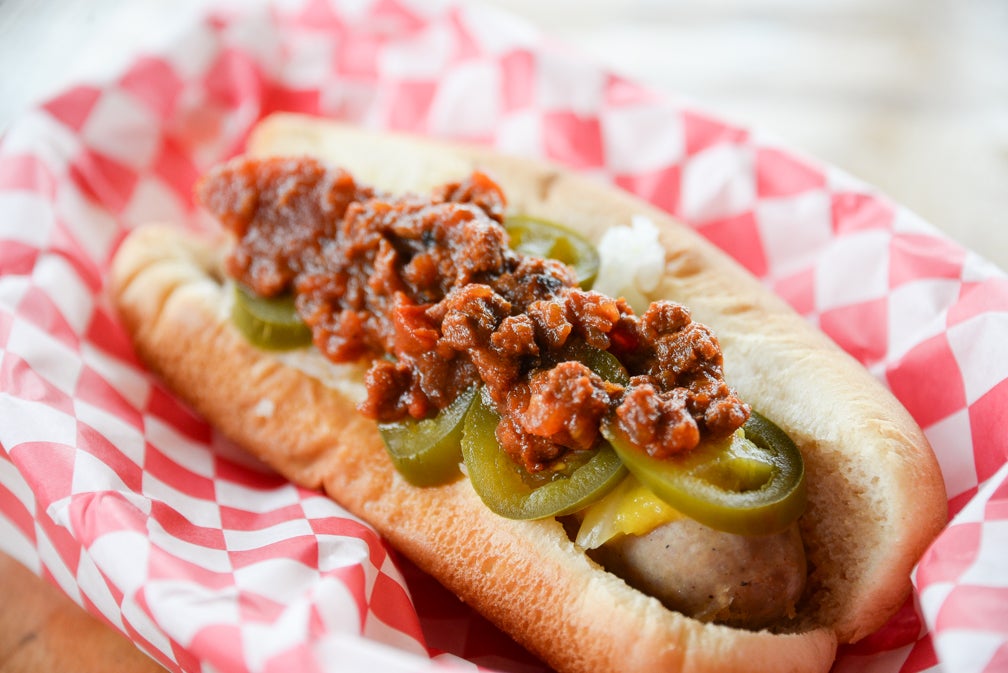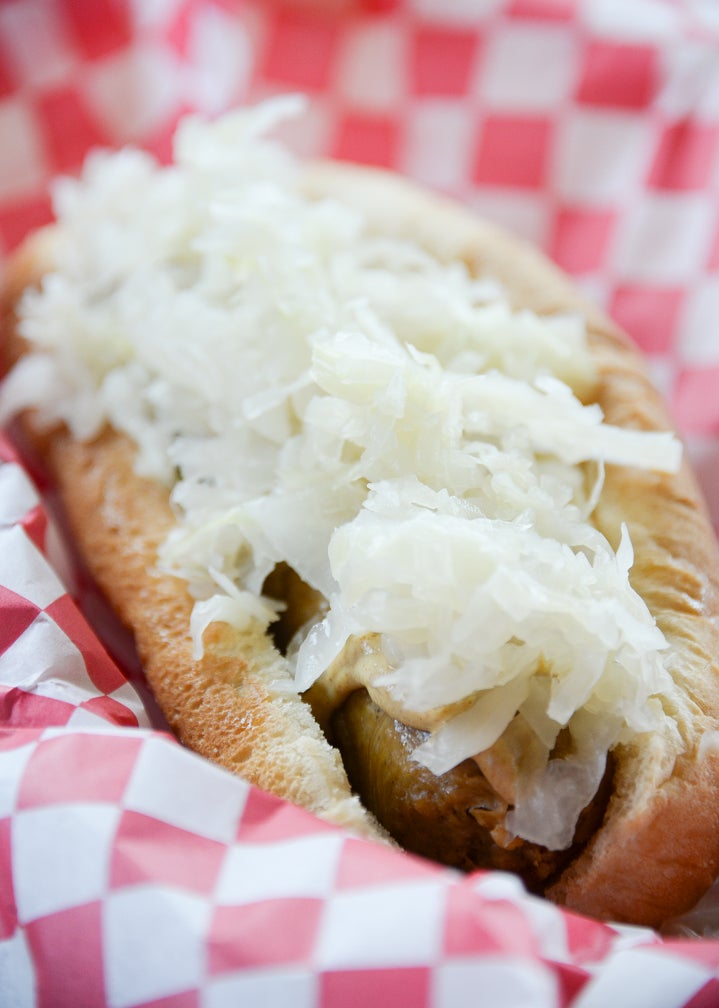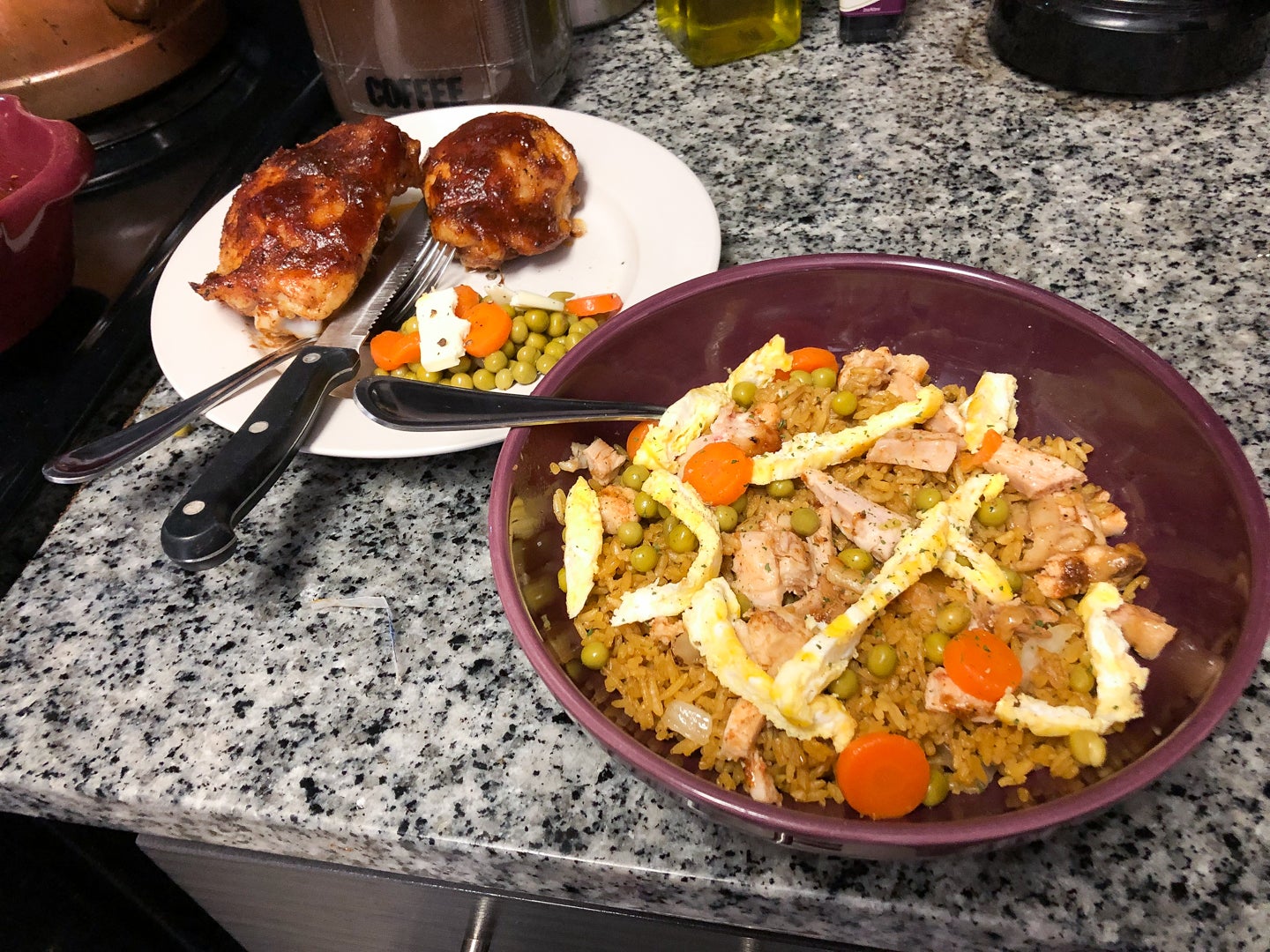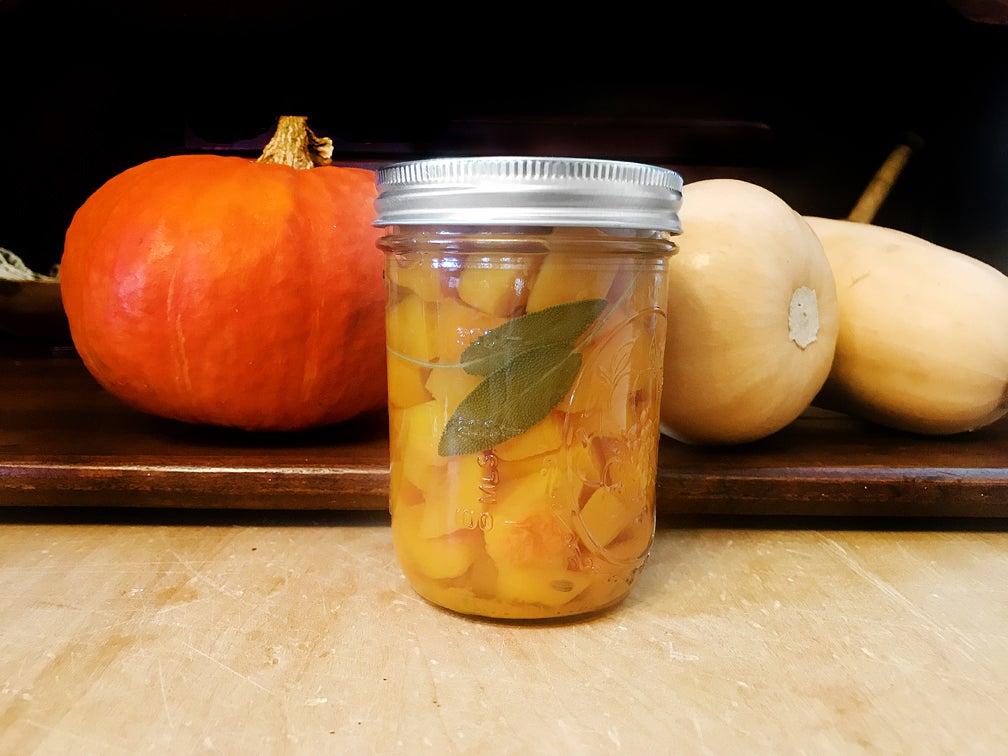“Sig always had a barrel of beer and a tin cup outside the brewery for anyone who wanted a drink.” — Tim Luscher
Sig Luscher Brewery, located at 221 Mero St., has only been pouring beers for Frankfort customers for six months — at least this time around. In 1866, Tim Luscher’s great-great-great-grandfather, Sig Luscher opened the original Sig Luscher Brewery in Frankfort. The brewery closed it’s doors when Sig died in 1891.
Tim has revived his ancestor’s legacy 127 years later on the closest available piece of property to the original brewery. “There is a sense of pride in the brewing industry,” he explains. “We are proud to claim that we are the eighth oldest brewery in the nation now. Same location, same family; and as close to the original beer as you can get. We don’t call ourselves a craft brewery,” Luscher continues. “We call ourselves a heritage brewery.”
In the brew room, a long blue piece of painter’s tape stretches along the wall acting as a working timeline with handwritten Post It notes tacked on it marking milestone dates of Sig Luscher. “It’s definitely a work in progress,”Luscher said. “It’s been a fun journey to put the pieces together. We’re discovering more every day about our past and that helps guide where we are going.”
Right place, right time
Starting a brewery in Frankfort was the farthest thing from Luscher’s mind when he was visiting his hometown in 2018. “I had no intention of opening a brewery last year,” he said shaking his head in amazement. “I planned on doing it (opening a brewery) at some point — just not last year,” he explained.
“I was living in New York at the time and had come in for a totally unrelated event. I was at a friend’s house for a gathering and there was something in the air that felt like Frankfort needed a brewery,”Luscher continued. “I’d been formulating the back work for this brewery already and had an idea of what it would look like in my mind. The time was just right. This building was sitting very unused and unloved and we ended up with the property. I said, ‘Oh, we have a building. I guess we should make beer!’”
The art of brewing
Dylan Greenwood is the magic element in Sig Luscher beers. The former elementary school teacher turned brewmeister took about a year to develop the flagship pilsner that is Sig. Luscher keeps a copy of the recipe but Dylan is the key ingredient to finesse it. Kelly May, who is a partner in Sig Luscher, explained that “we haven’t had an American brewery cranking out this quality flavor profile. It’s a very unique product. At the end of the day, that’s the art of the brewer and that’s what Dylan does for Sig. That’s what sets us apart.”
“We don’t actually have Sig’s recipe but we do have a chemical analysis,”Luscher commented. “We know the breakdown because Sig was a marketer and he proclaimed his beer to be the best beer in the world — Luscher’s Best. To prove it was the best beer, Sig had a chemical analysis done and we have that. He was pushing out that he had a pure and good beer.”
“It’s not a fancy beer but is one of the most technically difficult beers to brew,” Greenwood added. “It’s super clean with no roasted hops to hide behind something that you did wrong.”
Their flagship pilsner, Sig, can always be found on tap at the brewery. The other permanent beer on tap is Sig ’66, an amber wheated lager. “It’s a dark lager or a strong lager like back in Sig’s day,” Greenwood said. In addition, two seasonal beers are rotated every two or three months on the other two taps.
Not just beer
Beer is the mainstay of Sig Luscher Brewery but food and entertainment is offered, too. Each morning various bagels and breakfast biscuit sandwiches are available until they run out. Annie LaForge, taproom manager, said they make country ham biscuits, sausage, egg and cheese biscuits, and Luscher’s favorite, the omelette biscuit featuring spinach, swiss cheese and onion.
The lunch menu is simple but tasty. The brewery offers beer-steamed franks, Brennamen and Bucks brats, a “beyond meat” option and an all purpose chili prepared by Luscher. Chef Anthony Peluso from Bourbon on Main provides an awesome relish and a variety of cream cheese spreads for bagel sticks.
Once a month, Luscher and LaForge get together and make kraut which ferments for three to four weeks. “We’re starting to get requests from some restaurants for our kraut,”Luscher remarked.
“We have brats, veggie dogs and beer-steamed franks all day long until we close. Then on Thursday, Friday and Saturday we supplement those with food trucks so it’s a rolling menu,” LaForge said. “We have a good crowd who comes in just for our franks. We have a lunch special that features two franks and a Sig, or they can switch it out for an Ale 8 One or something like that. We’re one of the few places downtown where you can walk in and get a 30-minute lunch and get back to the office.”
Part of the community
Tim and his crew are hoping that Sig Luscher Brewery is becoming a place where people in the community congregate. “It was our hope when we opened this place up that this would happen. This used to be a vibrant area and we are hoping to bring that back,” Luscher said.
“I think we’ve given people a different place to go in Frankfort. They’ve turned around and fallen in love with the beer, the staff and the environment here,” LaForge said. “We’ve made some amazing connections with the people of Frankfort and travelers from all over.” Heather Drake and Robert Harrison stop by every Thursday. “We really like the friendliness of the people here,” Drake commented.
There’s plenty of entertainment on tap at the brewery in the coming months. According to Luscher, “Sig Sessions” where bands will record directly from the venue, is in the planning phase. People will be able to actually sit in on the recording sessions.
Because of Sig Luscher’s German/Swiss heritage, the brewery is throwing an Oktoberfest celebration featuring a beer festival, food trucks, music, keg races, kids’ activities, axe throwing and live karaoke. During Oktoberfest, the brewery will release a barrel-aged Samichlaus winter lager beer which is traditionally brewed on St. Nicholas Eve (Dec. 6) and consumed at Christmas.
“The community we have down here is absolutely wonderful,” Luscher said. “I think our neighbors take pride in us being here. And we strive to be a family-friendly place to come. People can bring their kids and hang out. On any given night, it’s amazing the mix of people we have down here.”
Luscher believes his ancestor, Sig, was a true marketing genius and Luscher seems to be following in the spirit of his footsteps, just on a much bigger scale. “Sig always had a barrel of beer and a tin cup outside the brewery for anyone who wanted a drink,” he said. “We have always had national aspirations and have already tapped in New York. But we love Kentucky and want to anchor here, telling the story of the heritage brewery.”
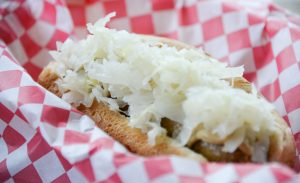
(Photo by Hannah Brown)
Fermentation Crock Traditional Kraut Recipe
Ingredients:
(The amounts depend on how much you want to make. This recipe is enough to fill one 3-pound crock)
6 heads of cabbage, shredded on a mandolin
Sea salt
12 Serrano peppers, cut in half length-wise
16 whole garlic cloves, peeled
Directions:
- Put freshly shredded cabbage one head at a time in a large bowl and sprinkle a layer of salt (approx. 1 Tbsp.); knead the cabbage with the heal of your hand to extract water from cabbage. This is creating the brine. Repeat this over and over for all the cabbage.
- Put thin layer of pressed cabbage in the bottom of the crock, then layer 6 pepper halves and 4 whole garlic cloves, repeat 4 times.
- You should have brine remaining from pressing the cabbage. This should be enough to cover the cabbage mixture in the crock. Put crock weights on the top of the cabbage mixture and press down firmly. If you do not have enough brine to cover the weights, make a brine with water and salt. You must have enough to cover cabbage mixture and weights.
- Let sit for 1-2 weeks in a dark, room temperature area. Then transfer to a colder room (65F or below) or the refrigerator for another week. Eat and enjoy. The kraut will continue to ferment and get better with age.


